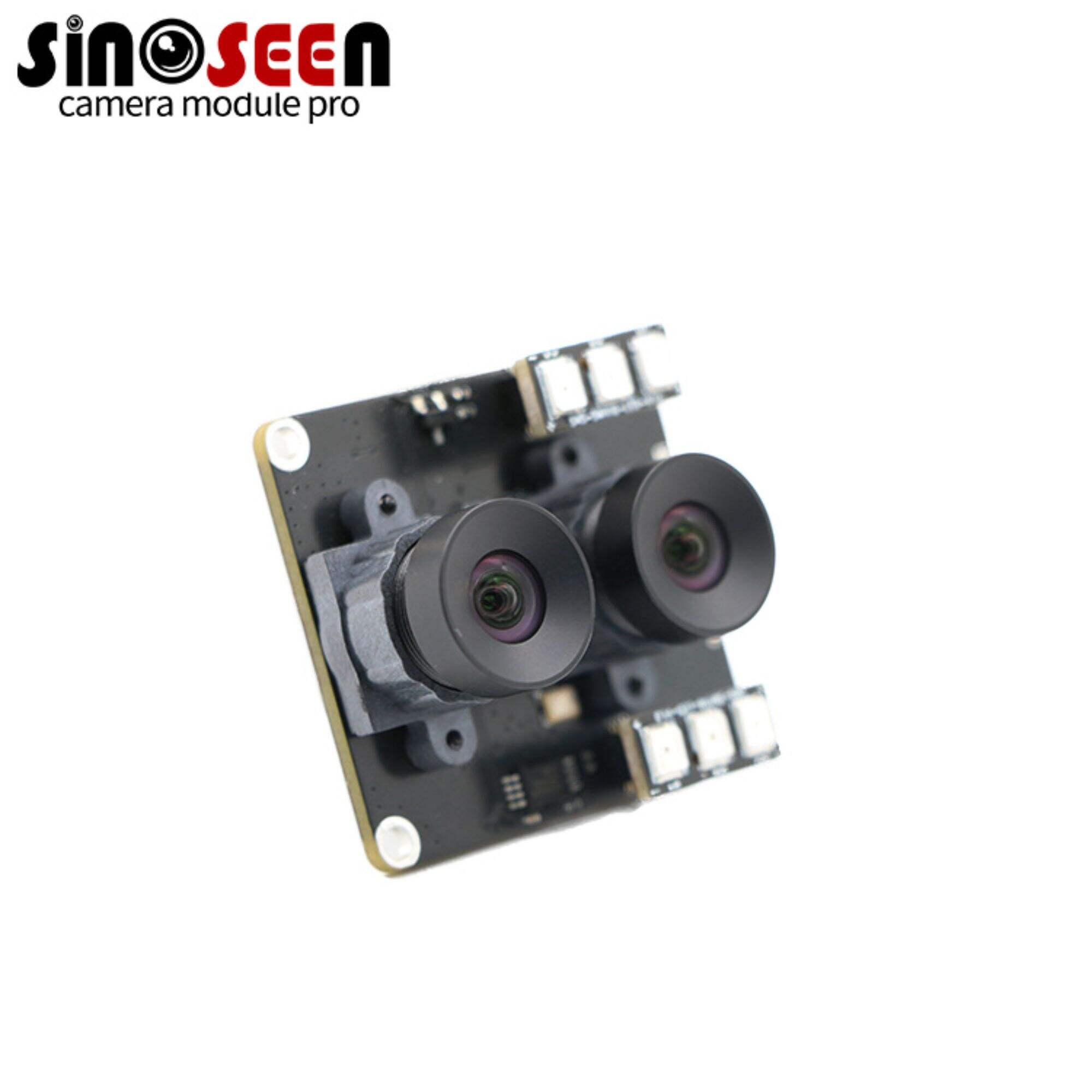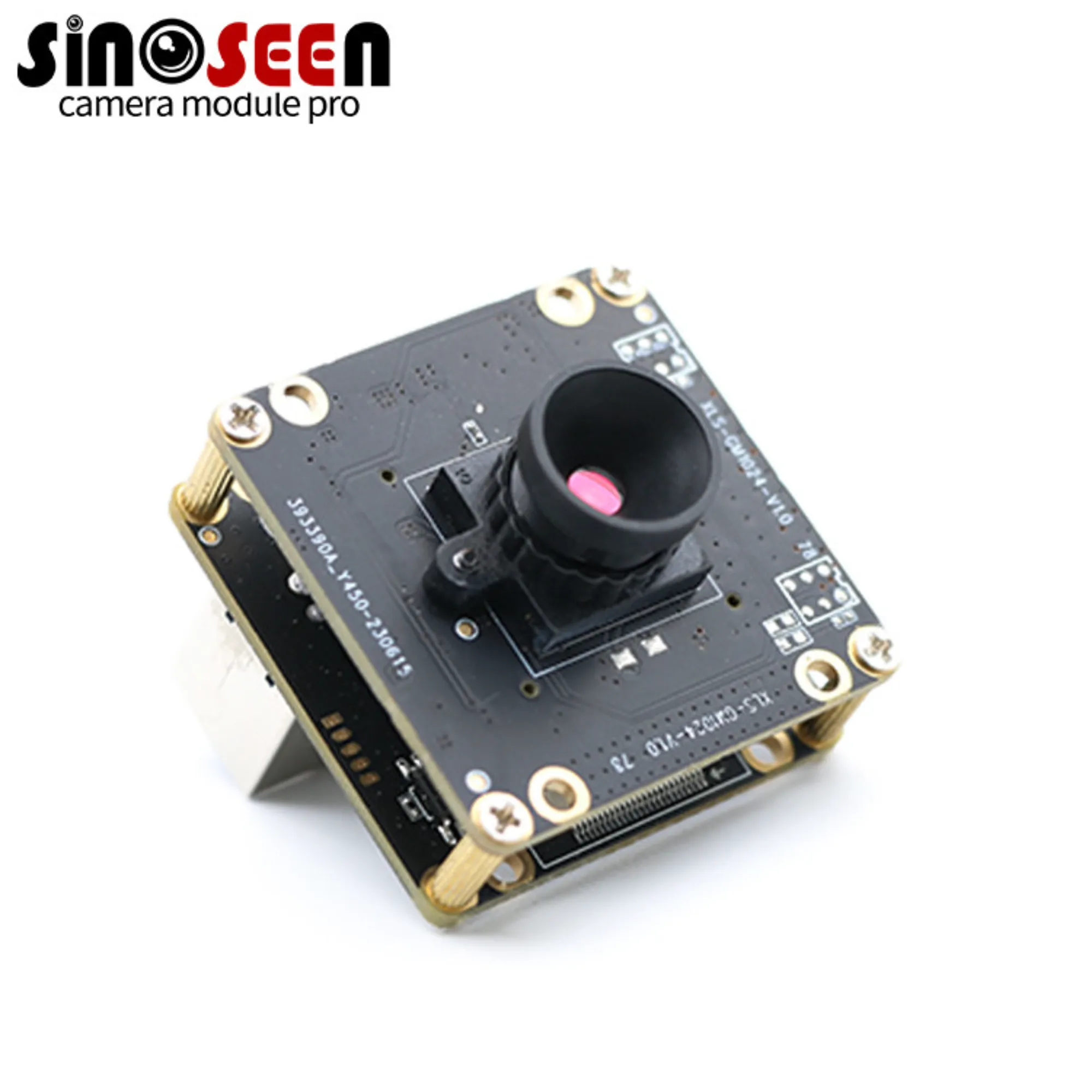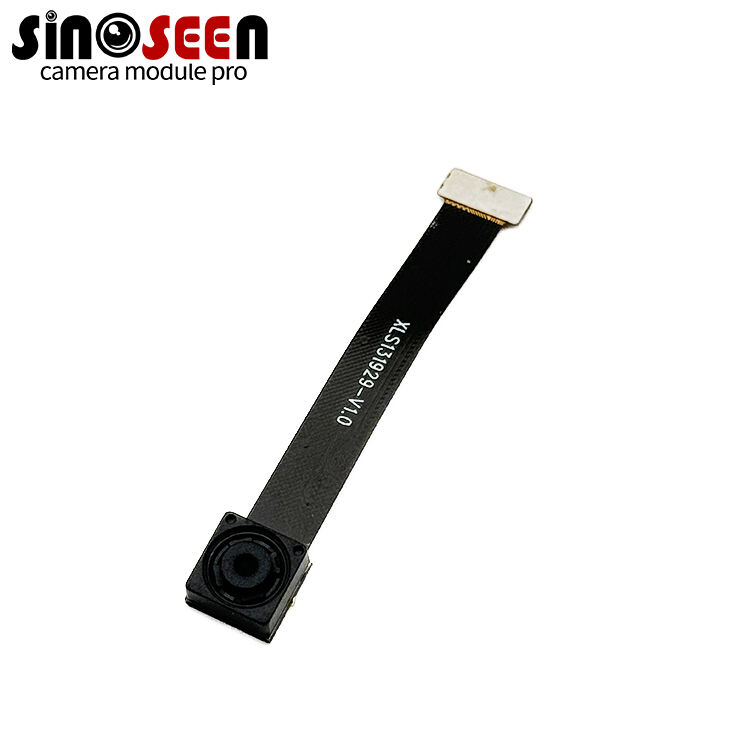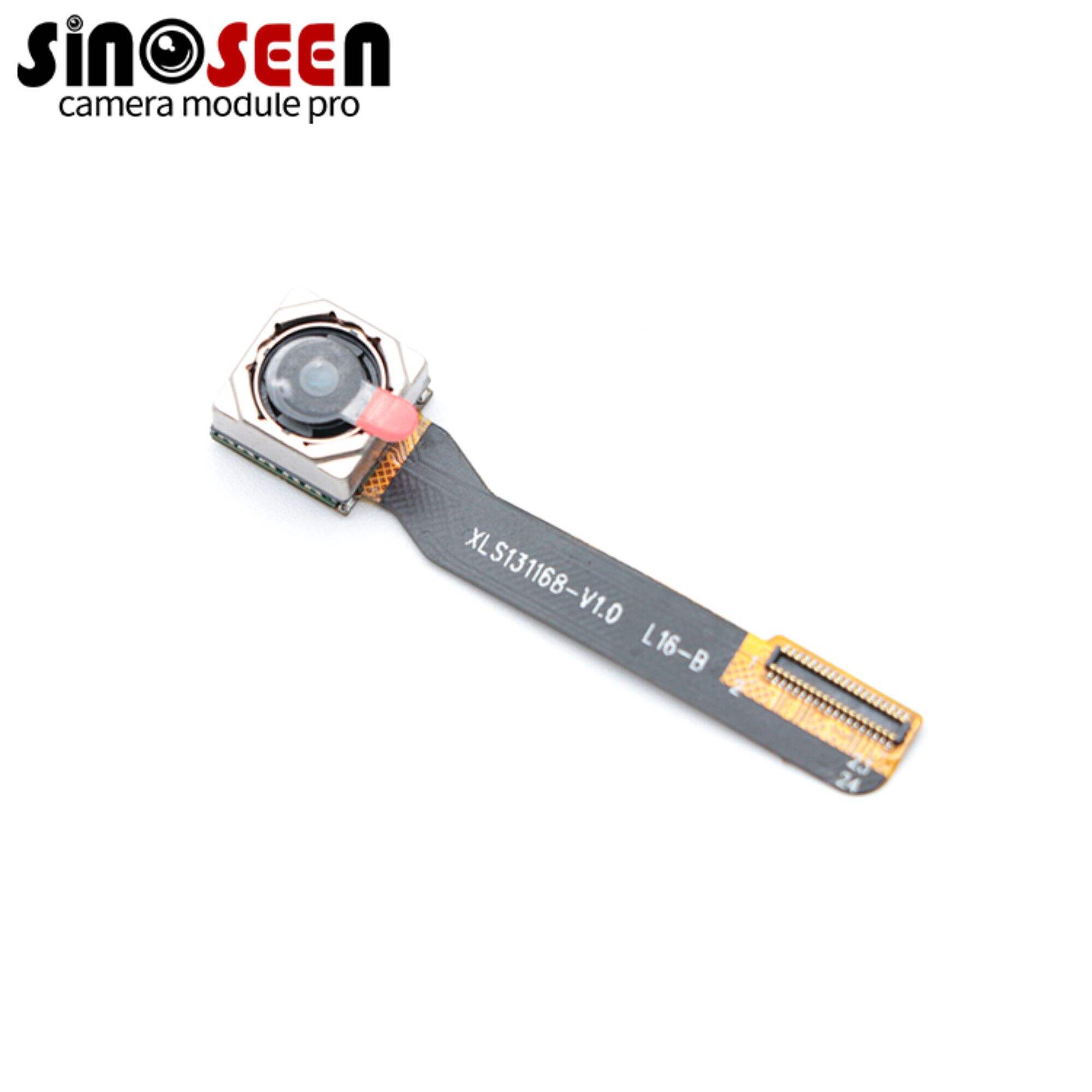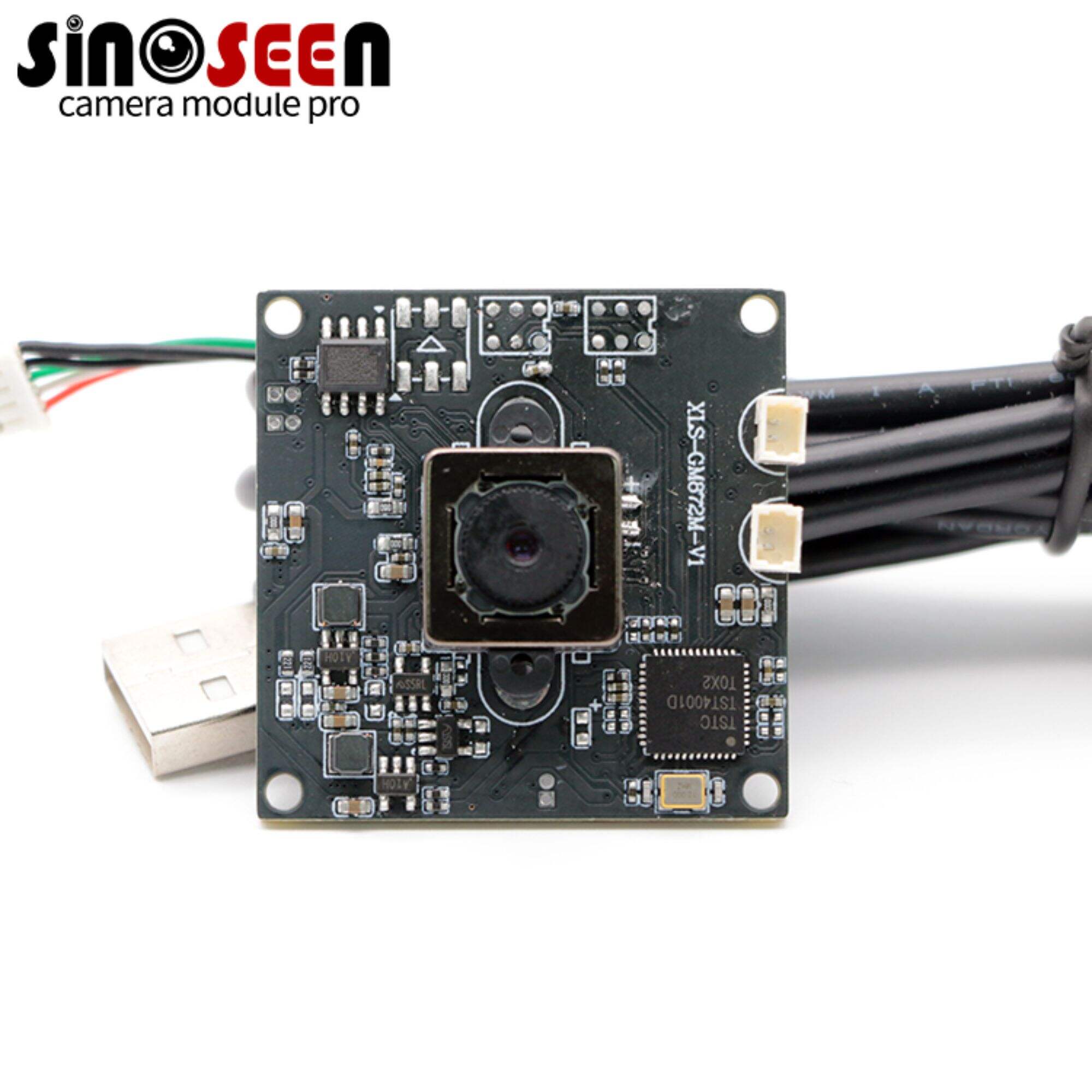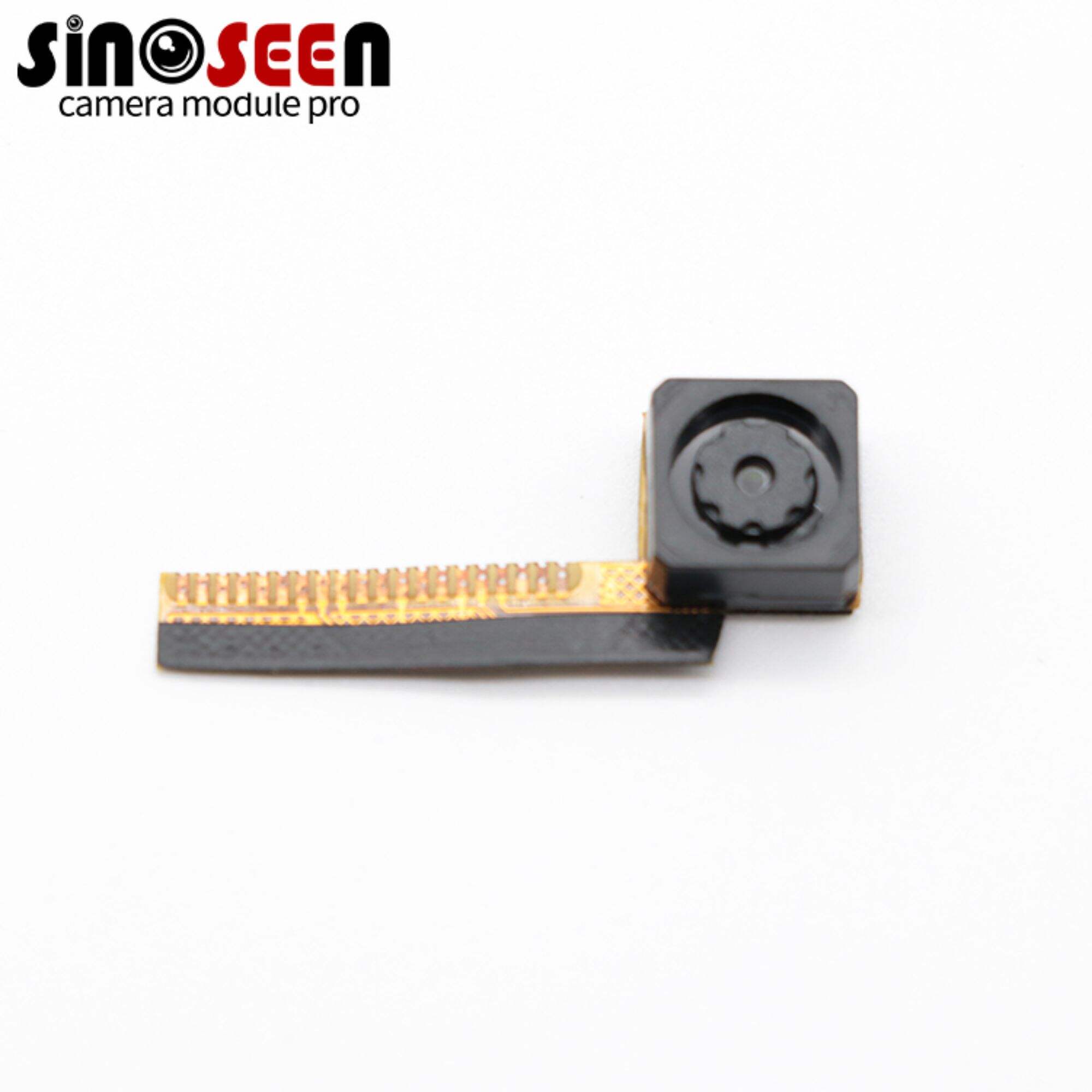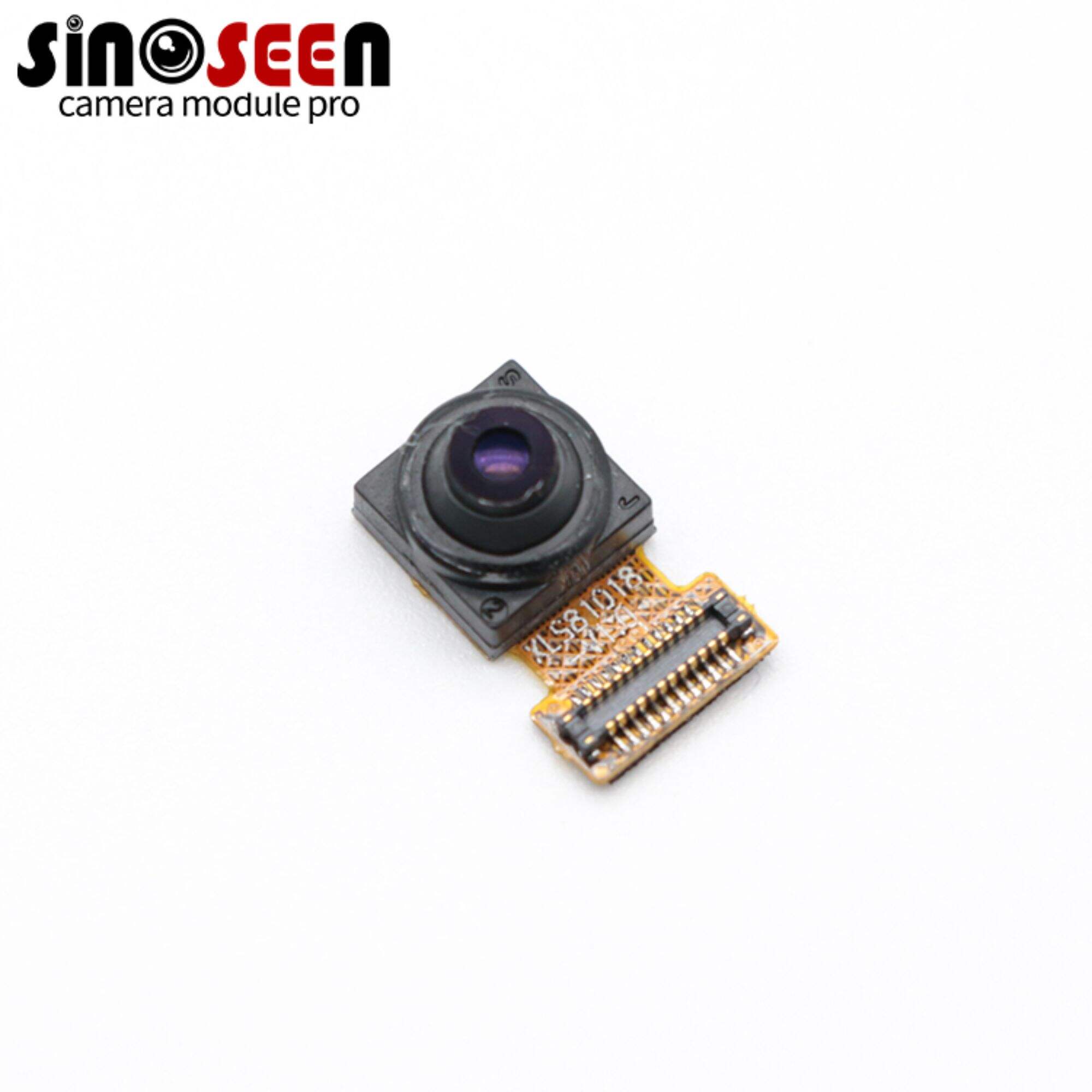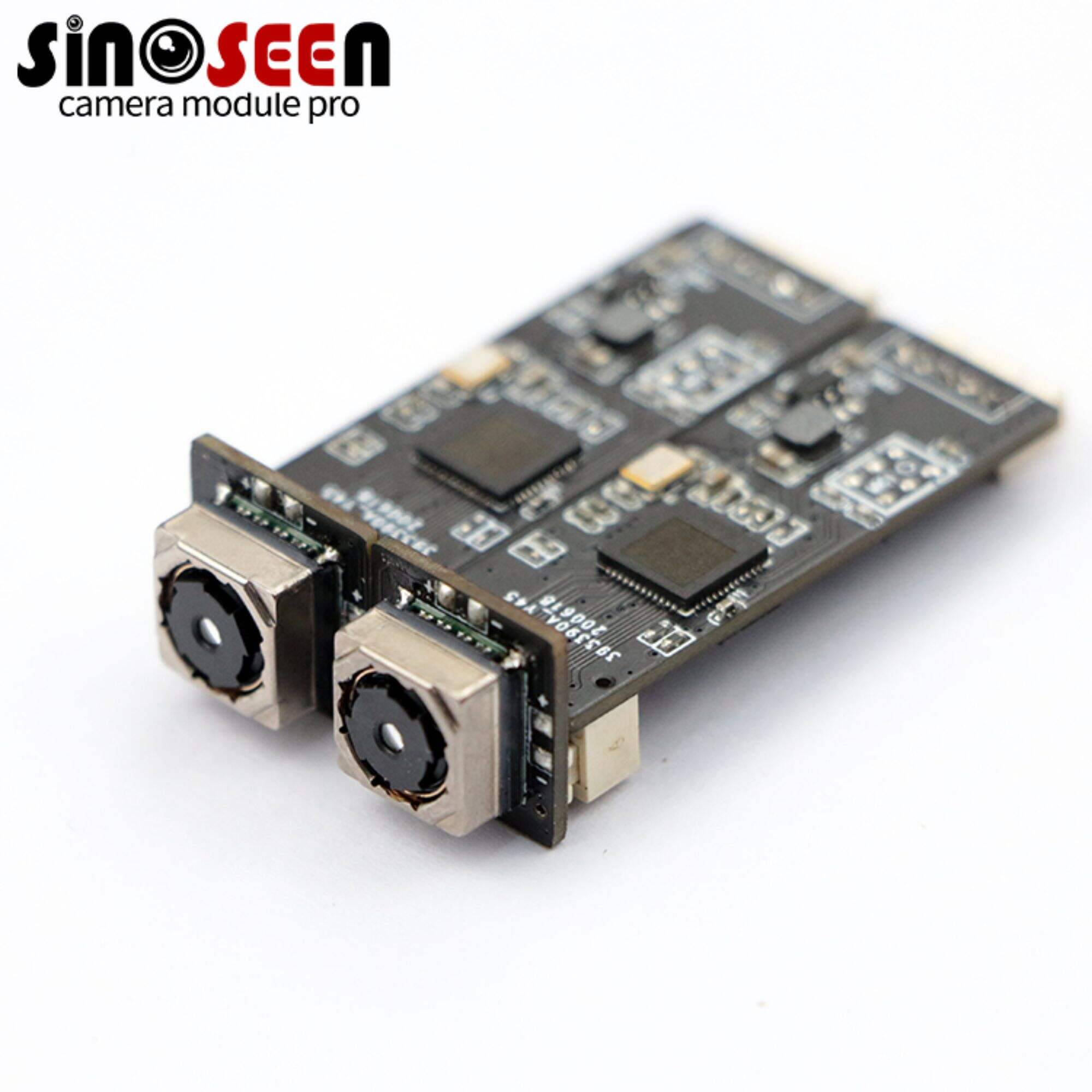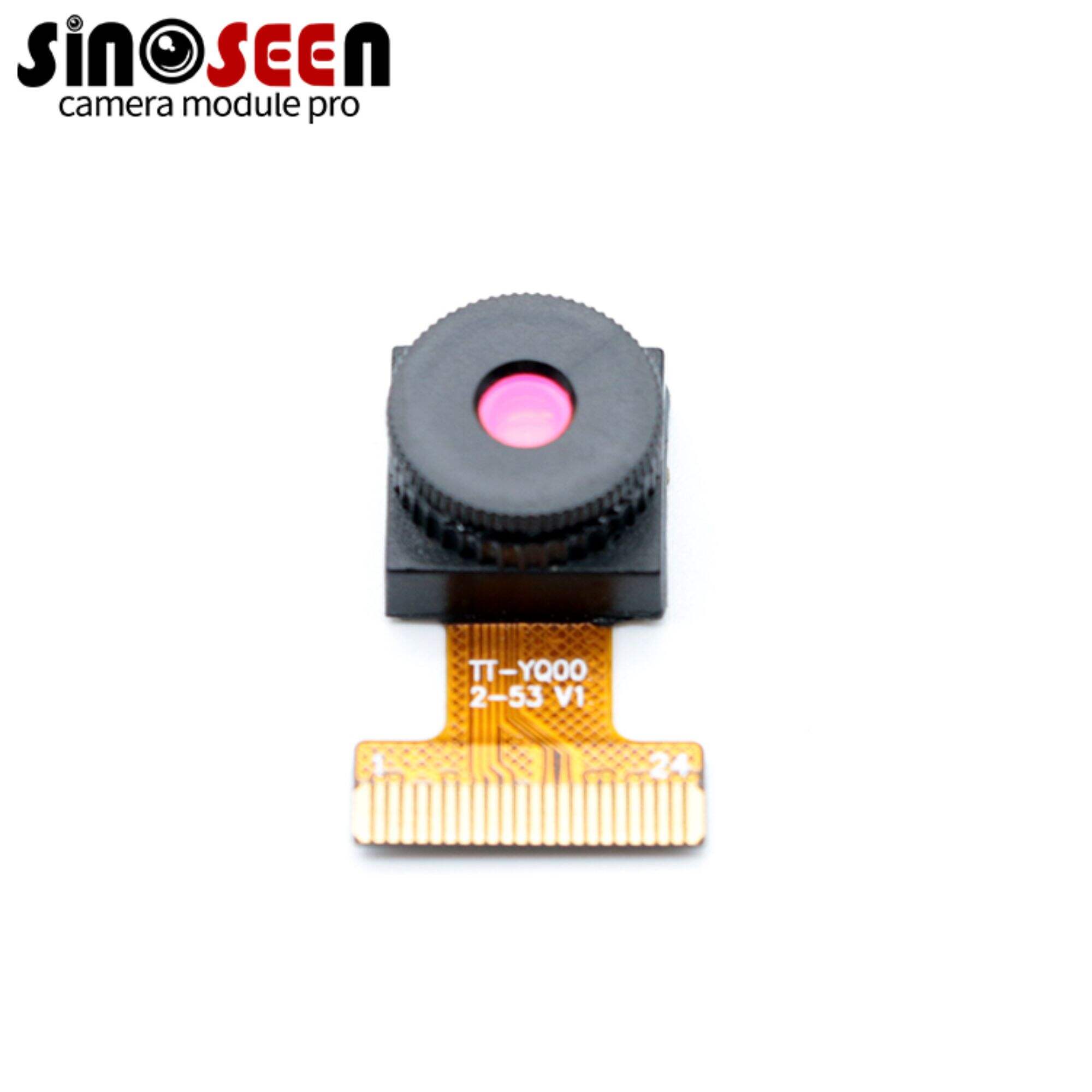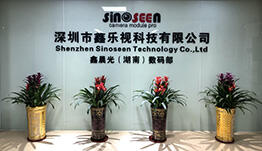Fixed-focus lens or Autofocus lens?Learn the Best choose for your application
In embedded vision applications, the camera module determines the image quality. And the optical characteristics of the camera lens (focal length, aperture, etc.) determine the depth, sharpness, etc. of the image captured by the module. Especially in real-time processing applications, the type of lens affects the overall performance of the application.
There are two focus types lenses in camera : autofocus lens and fixed-focus lenses. Fixed focus lens are optimized to accurately focus within ½ to 2 inches of an object, while autofocus lenses have a much wider range of focusing capabilities, covering distances from ½ inch to 100 feet and beyond. In this article we'll take a look at both lens types and how to choose.
What is a fixed focus lens?
A fixed focus lens, as the name suggests, has an unchangeable focal length that is fixed by the manufacturer. The focal length of a fixed-focus lens does not adjust to changes in scene or distance, so every photo taken with a fixed-focus lens will be focused at a specific focal distance. And blurring or out-of-focus problems may occur when taking pictures of scenes that are closer or farther away.

Simplicity of operation is one of the main advantages of camera modules that use fixed focus lenses. There is no need to focus, just aim and shoot. Fixed-focus camera modules are capable of delivering sharp images if under consistent lighting conditions. However, they may be somewhat limited when dealing with dynamic scenes or changing lighting conditions. So it is generally used for simple dummy cameras or applications where the distance to the object is always consistent, etc.
What is an autofocus lens?
Unlike fixed focus, an autofocus (AF) lens automatically adjusts the focal length of the lens to bring the lens into sharp focus with the subject. Lenses with an AF function can automatically adjust the appropriate focus distance for the scene without manual intervention by the cameraman.
Autofocus lenses use algorithms such as contrast detection, phase detection, or a combination of both to determine the correct focus point. Camera modules equipped with autofocus lenses can focus accurately even in poor lighting conditions.
Autofocus provides a high level of accuracy for embedded applications. Targets can be focused quickly and accurately, ensuring clear images in any scene. In addition, many autofocus cameras will offer additional focus modes such as continuous autofocus, manual focus requiring fine adjustments, and more. These features greatly improve ease of application and further accuracy.
Differences between fixed focus lenses and manual focus lenses
Manual focus lens allow the user to manually go through the focusing process and make fine adjustments. Fixed focus lenses do not allow for any focus adjustments. In terms of image quality alone, fixed focus lenses provide us with consistent and repeatable image quality. Unlike auto focus glasses, manual focus requires us to manually adjust the proper focus distance and fine-tune it according to the scene to deliver the best image quality.
What should I consider when choosing a focusing lens?
When choosing a focusing lens, we should consider the specific use of the scene to ensure that the lens can ultimately meet the application requirements.
Distance from the object: The first thing to consider when choosing a lens is the distance between the camera and the target, which affects the accuracy and clarity of the captured image. af lens are suitable for dynamic distance changes from nearly 10 centimeters to infinity. Fixed focus lenses are more suited to fixed distances, ensuring consistent images without the need for adjustments.
Lighting: Lighting conditions are also a factor in image quality. Auto focus lenses perform significantly better in low light conditions, as the camera module can detect the contrast of the scene through the sensor to adjust accordingly. Fixed focus lenses also provide sharp images in bright light.
Depth of Field: Depth of Field (DoF) is the span of the imaging area from near to far focus. Camera modules with autofocus glasses typically have a wider depth of field. Fixed-focus lenses only provide sharp images within a specific area.
Speed: Speed is also an important factor to consider when capturing images. As a result, autofocus digital camera is slower than fixed focus because fixed focus does not require focus adjustments. If you need fast imaging, a fixed focus camera is a good choice.
Cost: Camera modules that use autofocus lenses tend to cost more due to their complexity and technical requirements. If you don't require too much quality in your images and have a limited budget, a fixed focus lens camera with a fixed focal length is a better choice.
Flexibility: the flexibility of the camera lens is also one of the important factors to consider when we choose. Fixed-focus lenses are suitable for well-lit, stable environments. auto-focus lenses perform well in low-light scenes, perhaps sometimes requiring fine-tuning, and can adapt to a variety of environments.
Conclusion
Through the analysis in this article, we can see that both the use of fixed focus lenses and auto focus lenses have their advantages and limitations. Fixed focus lenses are favored for their simplicity, low cost and excellent performance in good lighting conditions. Autofocus lenses offer greater flexibility and precision, and are suitable for capturing dynamic objects or working in low light conditions.
If you need to find the right focus camera module solution for your embedded vision application now, why not seek help from Sinoseen, which has been specialized in the design, manufacture and development of camera modules for more than 10 years, with rich project experience and professional engineers to provide you with the most satisfactory solution. Visit our product page.

 EN
EN
 AR
AR
 DA
DA
 NL
NL
 FI
FI
 FR
FR
 DE
DE
 EL
EL
 HI
HI
 IT
IT
 JA
JA
 KO
KO
 NO
NO
 PL
PL
 PT
PT
 RO
RO
 RU
RU
 ES
ES
 SV
SV
 TL
TL
 IW
IW
 ID
ID
 SR
SR
 VI
VI
 HU
HU
 TH
TH
 TR
TR
 FA
FA
 MS
MS
 IS
IS
 AZ
AZ
 UR
UR
 BN
BN
 HA
HA
 LO
LO
 MR
MR
 MN
MN
 PA
PA
 MY
MY
 SD
SD

